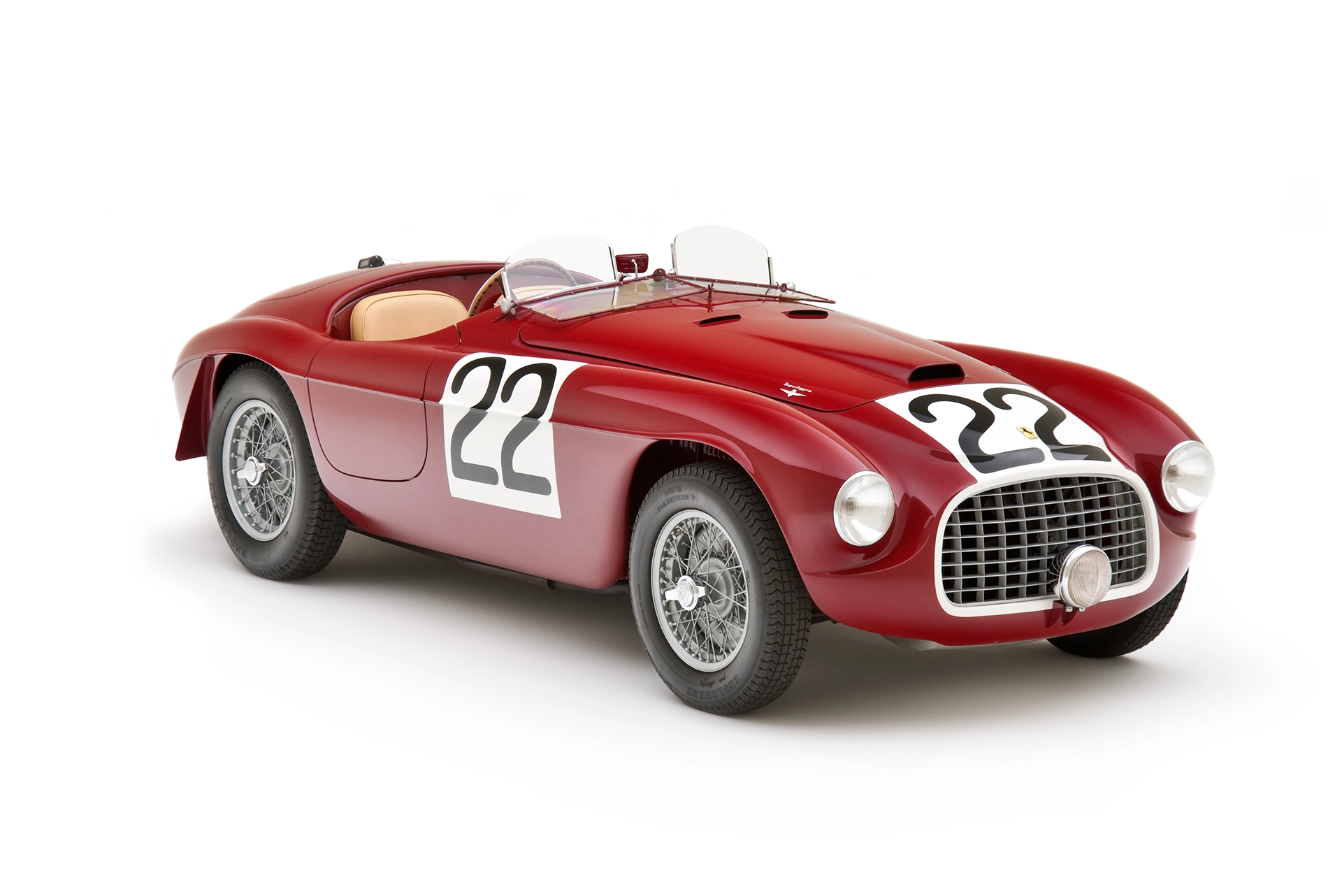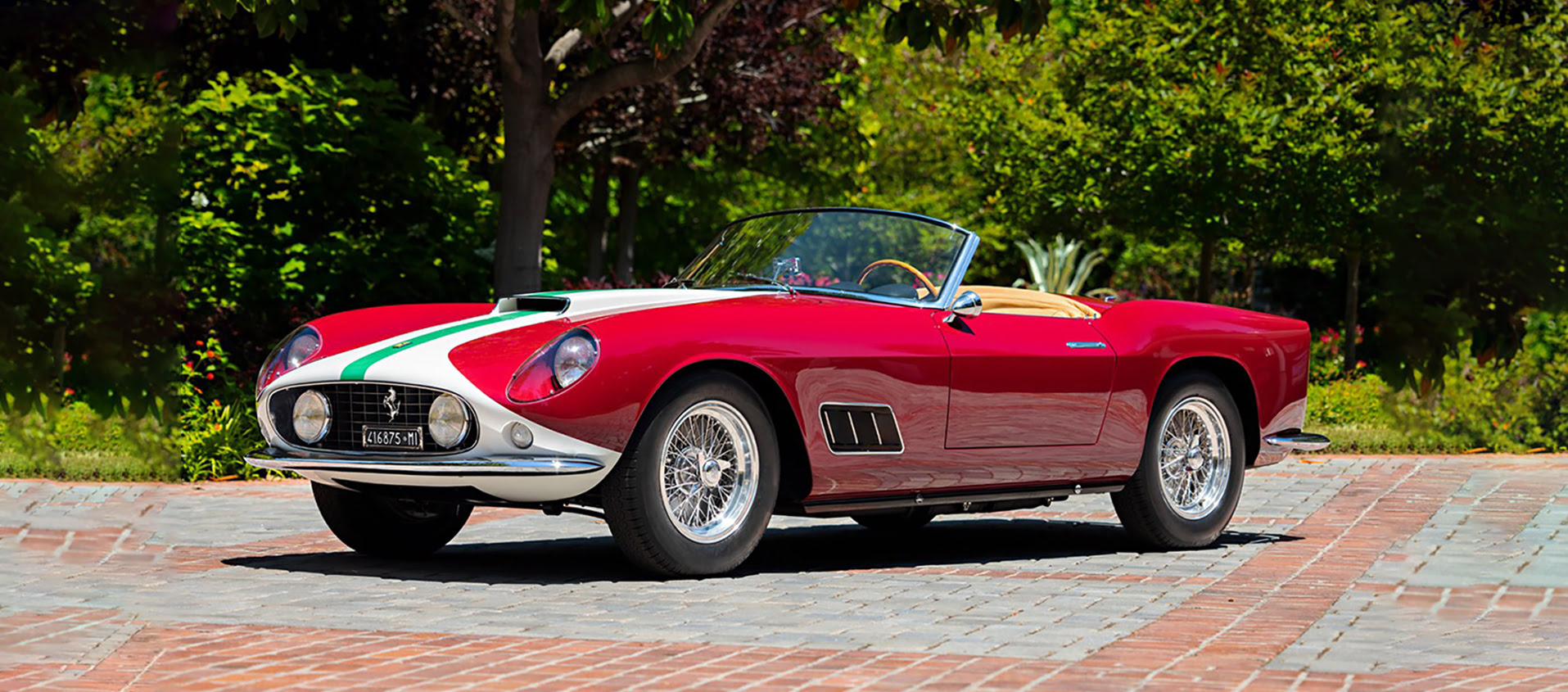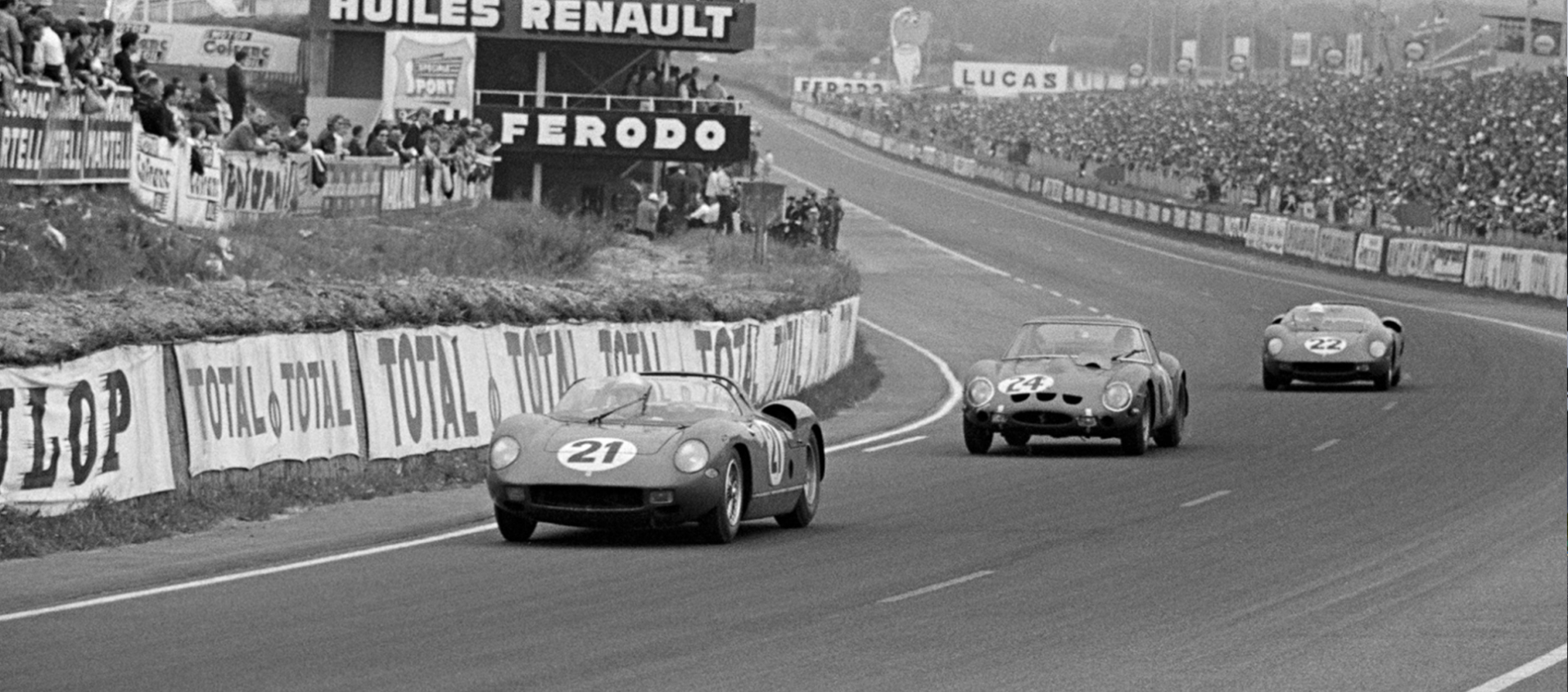Ferrari’s Technological Innovations Part 2: The Revolution of the Early Years
21 September 2024 7 min read 4 images

Photo credit: Ferrari, Wheelsage
Enzo Ferrari always aimed for victory: "second place is just the first loser", he would remind his team, urging them never to forget their mission: to win. This drive for success fueled the technological innovations introduced by Ferrari from 1947, when he unveiled his first car, the 125 S. These innovations were born from the insights and experiences of men, mostly engineers, who brought significant and profound advances to both racing and road cars. The key point is this: not inventions, although there were many and some were quite successful, but innovative ideas originally developed for other fields, particularly aviation, that were applied to competition cars.
Register to unlock this article
Signing up is free and gives you access to hundreds of articles and additional benefits. See what’s included in your free membership. See what's included in your free membership.
Already have an account? Log In


